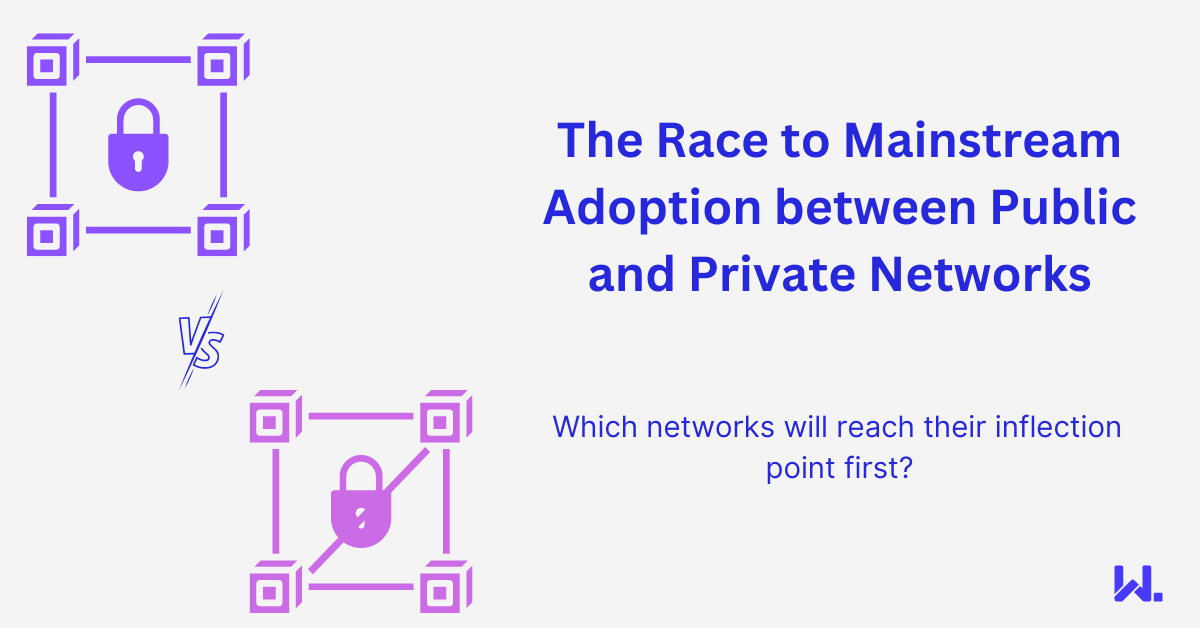Blockchain Myths: Cryptocurrency Use
Bitcoin may be your first association when thinking about blockchain. However, it is not the technology’s only purpose. Public networks have to use coins to function, but private and permissioned ones are much more adaptable. In this article, we will explain how coins work, what their purpose is, and why your blockchain platform most likely does not need them at all.
Why do Public Blockchains need Tokens?
Blockchains were envisioned as self-incentivizing places. Even for something as simple as sending something from one user to another, a network fee is paid to the participants, or nodes, who keep the blockchain up and running, either through mining or staking. In the Ethereum network, gas is the execution fee for every operation from a transaction, to triggering a smart contract. Its price is expressed in ether, the network’s native cryptocurrency, meaning that the two are not the same.
In Proof of Stake consensus algorithms, the amount of the network’s native cryptocurrency you use is directly proportional to your vote on the network's governance. In a way, this gives you the status of a “stakeholder”. Not only do you get to make decisions, but you are rewarded with the fees paid by other participants for doing your job well.
Tokens in Private Blockchains
There is one reason that is not reserved solely for public blockchains, however: the tokens’ purpose as assets. This is where the concept of tokenization comes in. Many businesses have decided that representing an asset through a blockchain token is a simple way of shifting their operations onto the blockchain. This helps prove ownership, track any changes, and enhance the security of the asset through cryptographic solutions. It also adds new ways to manipulate it through smart contracts.
Of course, the asset does not have to be a cryptocurrency. While it is possible to have it trade publicly on cryptocurrency exchanges, this moves into security territory, covered by different financial authorities that depend on your jurisdiction.
Permissionless vs Permissioned
Another potential reason for introducing tokens into a private blockchain is if you’re using a permissionless model, for example when you intend to have it open for public use, or if you simply can’t predict who will be using it. Permissionless models mean that everyone has the same level of access to the blockchain. Tokens are often used as a way to determine who gets to make which kind of changes, by assigning a “cost” to each possibility.
Permissioned blockchains are the best choice for businesses that already have an established hierarchy, allowing the owner to set the permissions as required. Some participants will only be able to read the data on the blockchains, others will have varying levels of access to making changes depending on the company’s requirements. With this setup, there is no need for tokens to “unlock” the ability to make certain changes, nor is there any need to incentivize participants.
Using a Private - Permissioned Blockchain
Both Hyperledger Fabric and R3 Corda reach consensus at a transaction level. This means that there is no need for miners or validators thanks to their permissioned nature.
In the case of Corda, validity is ensured by checking for all required signatures, as well as ensuring that all transactions referred to are valid. Uniqueness is another important aspect required to reach consensus—to prevent double-spending, the system ensures that this transaction is unique.
For Fabric, since message flows are partitioned across channels, consensus is reached only at transaction level instead of the ledger level, as is the case with public blockchains like Ethereum. This means that with everyone holding this authority signing off on a transaction, there is no need for tokens they would use to cast their vote like in a public network.
ConsenSys Quorum does use the Ethereum framework, but it does not use gas for transactions as they do not participate in the public network but their private one. Again, there is no reason to touch the ETH cryptocurrency to be able to operate your own private, permissioned network based upon Ethereum.
Conclusion
To sum up, there is no need for your blockchain to use coins or tokens unless you prefer it for any reason. Cryptocurrencies are a large and valuable use case of blockchain technology, but they are far from the only one, nor are they inseparable from blockchain itself.
If you’re interested in learning more about common misconceptions about blockchain, you can start with our 7 Common Myths About Blockchain article. If you’re already convinced that blockchain is what your business needs but you’re not sure where to start, one of our upcoming Principles of Successful Deployments webinars can point you in the right direction. We will be happy to see you there!

